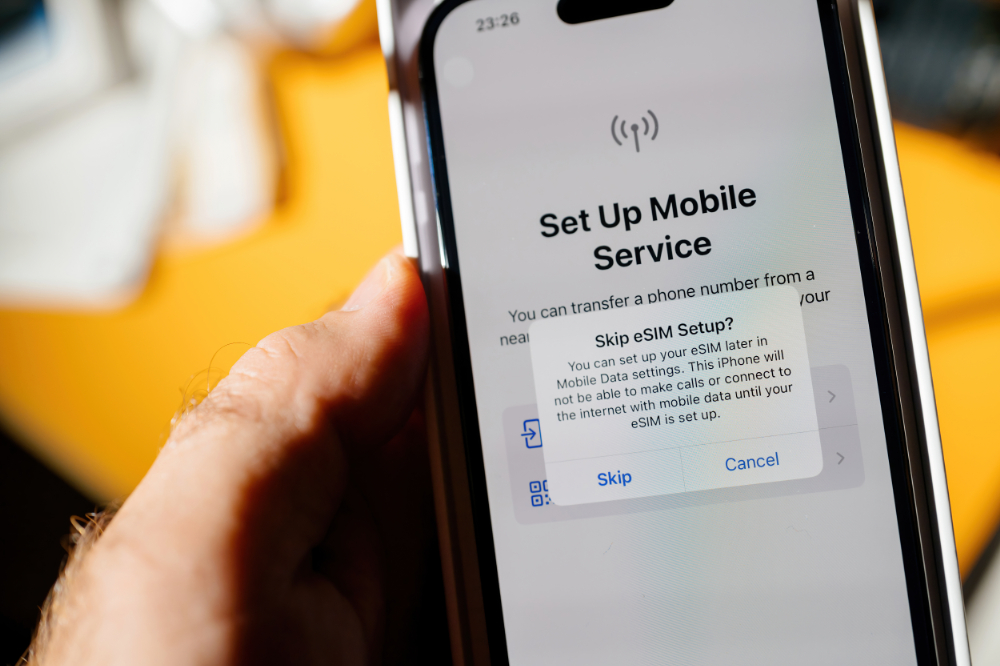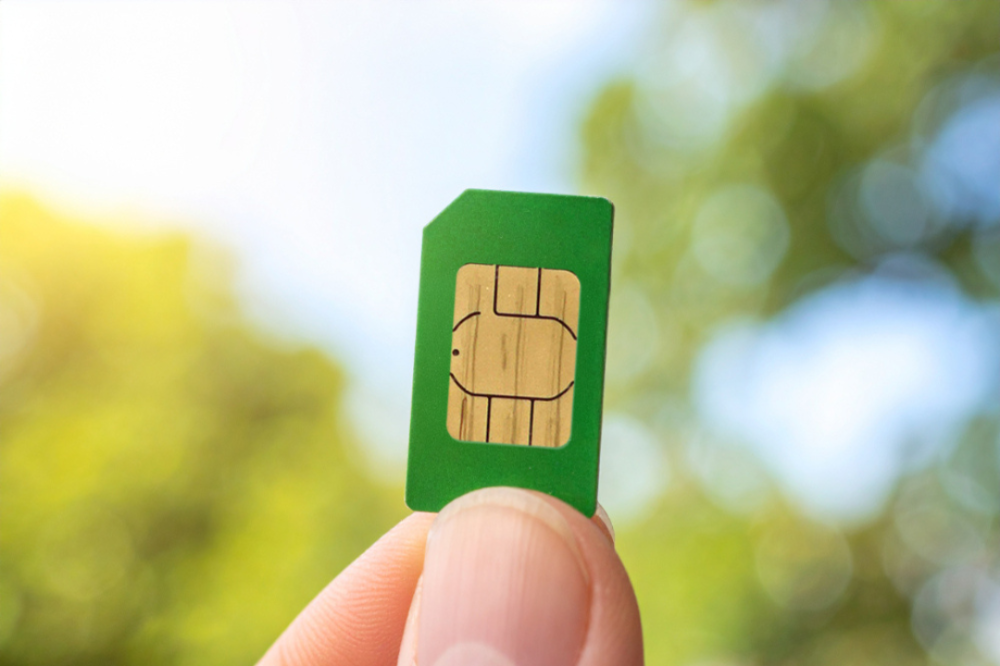Japan SIM Card Guide: How Tourists Can Make the Most of Their Trip

A reliable SIM card may not be the most glamorous part of travel planning, but it’s one of the most important. From the moment your plane touches down in Japan, having mobile data at your fingertips can shape the pace and comfort of your entire journey. With a local SIM card, you’re free to navigate unfamiliar neighborhoods, translate signs in real time, and stay connected without relying on hotel WiFi or incurring high roaming charges.
Japan’s connectivity options are varied, but not all are equally suited to travelers. This guide explores why SIM cards can be the smartest choice, compares them to other solutions like eSIMs and pocket WiFi, and provides guidance on finding the best plan based on your itinerary. If you’re heading to Japan and want to travel freely, confidently, and without digital disruptions, understanding your SIM card options is the first step.
Why a Japan SIM Card Might Be the Smartest Choice

SIM cards for Japan provide travelers with direct, uninterrupted internet access, eliminating the need for external devices or complex setups. Let’s see how they compare to other connectivity options.
SIM Card vs. Roaming and Free WiFi
International roaming fees can be shockingly high, especially when staying connected for extended periods. On the other hand, while free WiFi might seem appealing for its affordability, in Japan, it is not as widespread or reliable as many travelers expect. Coverage is often limited to hotels, select cafés, or major train stations. Public networks can also pose security risks, especially when using services that involve personal or financial data.
A Japan SIM card, however, offers:
- Better pricing than roaming packages;
- Increased privacy and security compared to public WiFi;
- More reliable coverage than roaming and public WiFi, especially when using networks like Docomo or SoftBank (the same networks that NINJA WiFi SIM cards connect to).
SIM Card vs. Pocket WiFi
Pocket WiFi routers are ideal for families or groups traveling together. A single device can connect multiple phones, tablets, or laptops. They're also a strong option for travelers whose phones aren’t unlocked or compatible with Japanese SIM cards. NINJA WiFi even allows pickup in Hokkaido and return in Okinawa, offering maximum flexibility for longer trips across Japan.
That said, for travelers who prioritize portability and minimal luggage, a physical SIM card has a clear advantage. No need to carry an extra device or worry about charging it. Simply insert the SIM into your unlocked smartphone, and you're ready to go.
SIM Card vs. eSIMs
While eSIM technology is becoming increasingly popular, it still comes with a few limitations. Many smartphones, especially older models, do not support eSIM, and the setup process can be confusing for those unfamiliar with digital configurations.
In contrast, a traditional SIM card requires no downloads, QR codes, or compatibility checks. Simply insert the card, adjust the settings if needed, and you're ready to go. eSIMs offer the advantage of no physical installation and make switching between networks seamless, which can appeal to tech-savvy travelers. However, for most visitors to Japan, a physical SIM card remains the more straightforward and widely compatible option.
Best SIM Card for Japan Based on Travel Style

Now, while you may have chosen to get a SIM card for your upcoming trip, it is essential to note that not all travel plans are the same. The best Japan SIM card for you will depend on how long you’ll be staying, how many people you’ll be traveling with, and how you plan to use your data. Fortunately, providers like NINJA WiFi offer a wide range of plans to suit every traveler’s needs.
For Short-Term Travelers
For those visiting Japan on a short vacation or business trip, a prepaid SIM card with daily data limits is often the most efficient and stress-free option. A 1GB per day plan for 7 days is typically enough to support essential travel needs such as using Google Maps, browsing restaurant reviews, sending messages on LINE or WhatsApp, checking train schedules, posting to social media, and even making the occasional video call.
Whether you're spending five days exploring Tokyo’s neighborhoods or attending a conference in Osaka, this level of coverage ensures that you're always connected without relying on hotel WiFi or public hotspots.
NINJA WiFi offers a 1GB/day SIM for 7 days at 3,795 yen, running on the highly reliable Docomo 4G network, which is known for its strong nationwide coverage, including rural areas and regional train lines. For those staying slightly longer, the 15-day version of the same plan is available for 4,422 yen, offering the same daily data allowance over a two-week span. It’s an excellent choice for travelers with packed itineraries who still want to keep things simple.
For Long-Term Travelers or Digital Nomads
Travelers planning to stay in Japan for several weeks or months—whether for remote work, study, or extended sightseeing—require more generous data plans and long-term reliability. In these cases, plans offering 20GB per month or unlimited daily usage are far better suited than short-term options.
For example, NINJA WiFi’s Infinite Unlimited SIM plan, priced at 9,900 yen for 30 days, is ideal for digital nomads who rely on stable, high-speed internet throughout the day. It allows for uninterrupted use of video conferencing tools like Zoom or Teams, streaming platforms such as YouTube or Netflix, and consistent social media engagement. If you prefer a more structured limit, the 20GB for 30 days plan is available at 5,049 yen and may suffice if you don't need to stream or upload large files regularly.
For those staying even longer, 60-day SIM plans are a convenient solution. NINJA WiFi’s SoftBank 5G-based SIM cards come in three variations. For 60 days, you can choose between:
- 15GB at 3,740 yen
- 30GB at 5,082 yen
- 50GB at 7,205 yen
These longer-term options provide excellent flexibility, particularly for remote workers or students attending short-term courses. With SoftBank’s strong 5G coverage in major cities, you’ll enjoy dependable service wherever you go.
For Families or Groups Traveling Together
When traveling as a couple, family, or group of friends, managing connectivity for multiple people can get complicated, especially when everyone has different usage habits. While booking pocket WiFi is often the simplest shared solution, not everyone wants to stay connected to a single device or to carry a pocket WiFi router in the first place.
In cases where each traveler prefers their own SIM, it’s helpful to mix and match based on individual needs. For example:
- A light to moderate user who primarily uses messaging apps, email, and maps can opt for the 1GB per day plan for 15 days at 4,422 yen.
- A moderate to heavy user who streams music, frequently checks social media, and shares photos could benefit from the Infinite Unlimited Plan at 7,150 yen for 15 days.
A customized approach allows each traveler to stay connected in a way that suits their habits, without overpaying or compromising on speed and convenience.
Using a SIM Card in Japan: Key Things to Know

A SIM card can be one of the most convenient tools for staying connected in Japan—but only if you understand how to choose, install, and use it effectively. From the moment you land to the day you return home, knowing what to expect helps you avoid unnecessary delays and makes your experience smoother.
Where to Buy a Japan SIM Card
There are several reliable ways to obtain a SIM card in Japan:
- Airport counters: Available at most major international terminals, with English-speaking staff.
- Pre-order online: Ensure availability and skip the lines at the airport; SIM cards can also be delivered to your hotel or Airbnb.
- Electronics shops or convenience stores: Found in significant cities, but options may be limited and not tourist-friendly.
Providers like NINJA WiFi offer online booking and pickup at 10 different airports across Japan, including Narita, Haneda, Kansai International, as well as Naha and Fukuoka.
How to Install and Activate Your SIM
Installing a SIM card in Japan is usually a relatively straightforward process:
- Turn off your unlocked phone and insert the SIM into it.
- Turn it on and enable data communication.
- Adjust your APN settings.
NINJA WiFi SIM cards come with clear, multilingual instructions, making activation quick even for first-time users.
What to Watch Out For
While SIM cards are a convenient solution, there are a few essential details to keep in mind before you make your purchase:
- Fair Usage Policies
Most unlimited data plans include a daily high-speed limit to prevent network congestion; after exceeding this limit, speeds may be reduced for the remainder of the day. Be sure to review the terms of your plan to understand what you are getting, especially if you rely on data-intensive apps. - No Refunds After Activation
Most prepaid SIM cards are non-refundable once opened or activated. Hence, it’s essential to select the appropriate plan based on your travel duration and anticipated data usage. If you're unsure, it's better to opt for a slightly more generous plan than to risk running out of data mid-trip.
When sourced from a reputable provider, Japanese SIM cards provide a secure and stable connection throughout your stay. With just a bit of preparation, you’ll enjoy consistent access to all the essential tools needed for navigating Japan with confidence.
Conclusion
Choosing the right Japan SIM card can transform your trip from frustrating to effortless. From instant access to navigation tools to the ability to communicate with friends and family in real time, a dependable SIM card makes your trip smoother and safer. For short visits, longer adventures, or group travel, there's a SIM plan to match your needs—and providers like NINJA WiFi make getting connected as easy as landing at the airport. By understanding your options and planning, you'll enjoy your time in Japan with complete connectivity.








